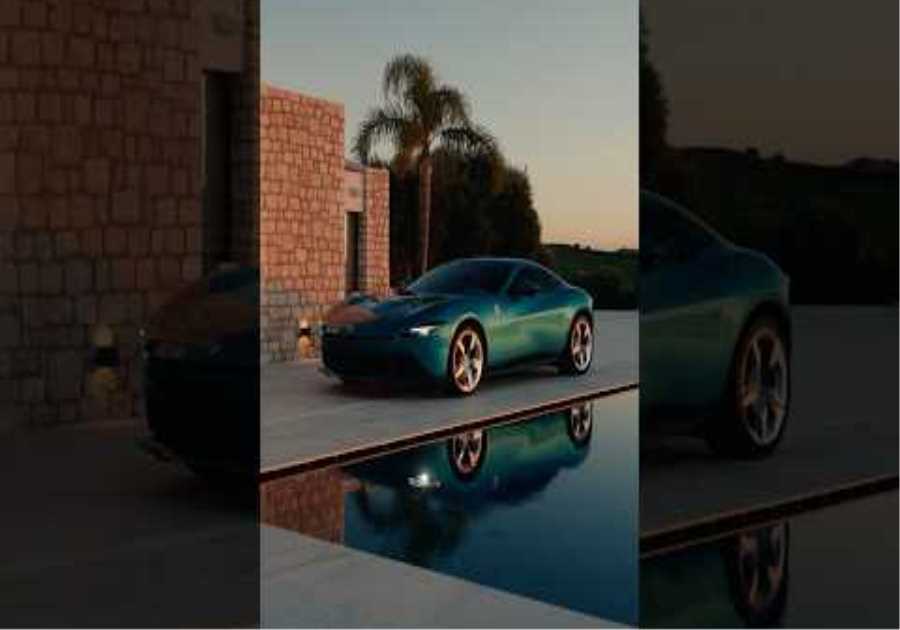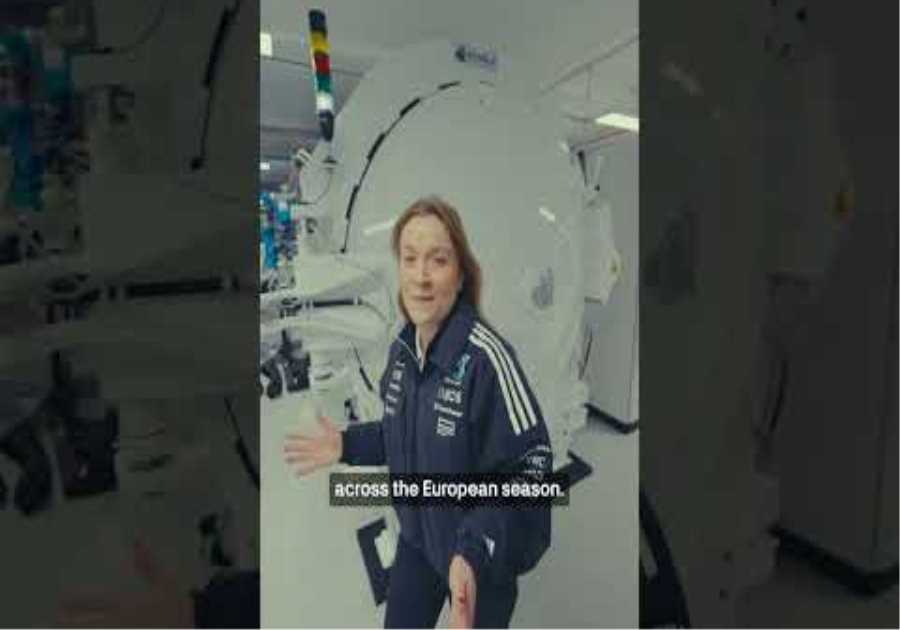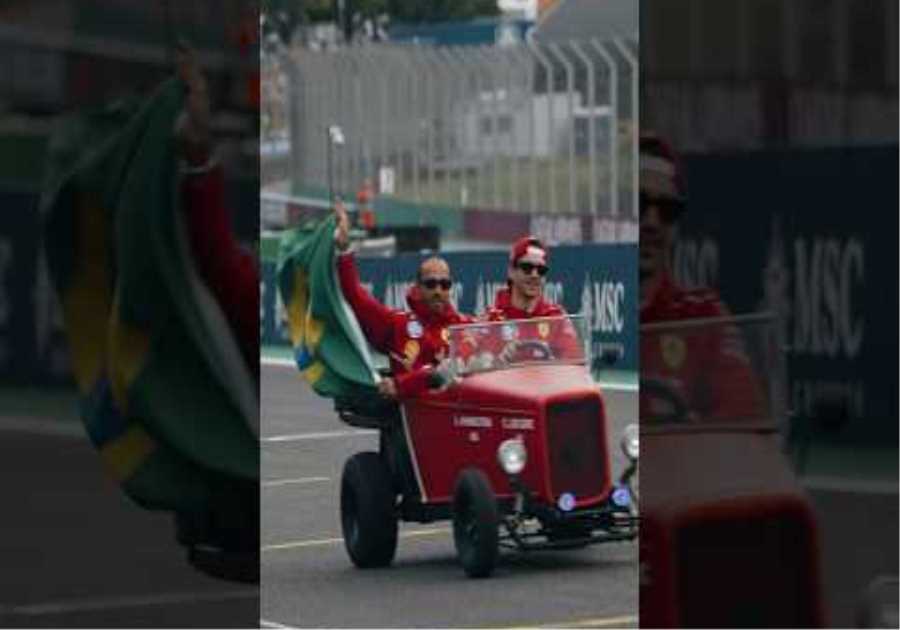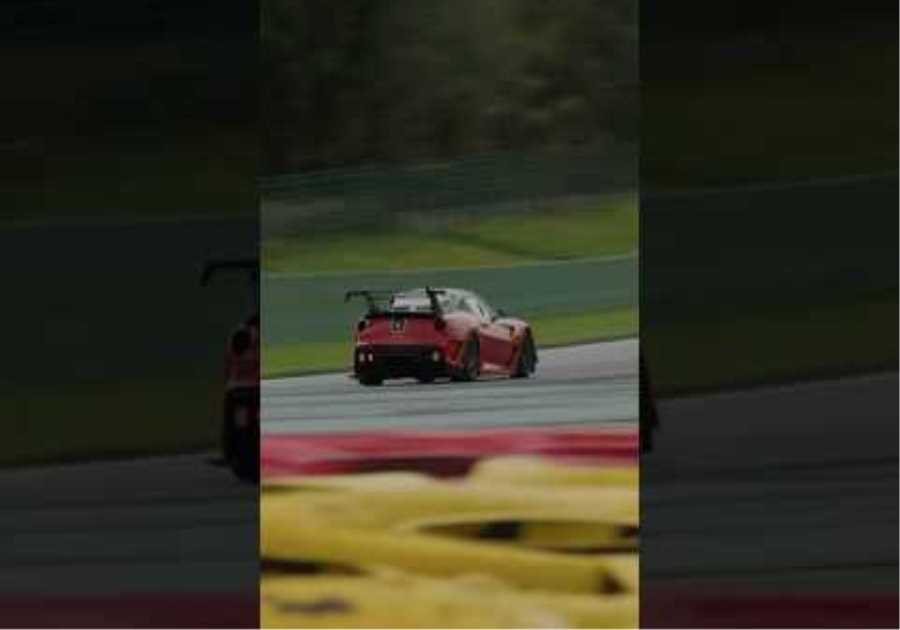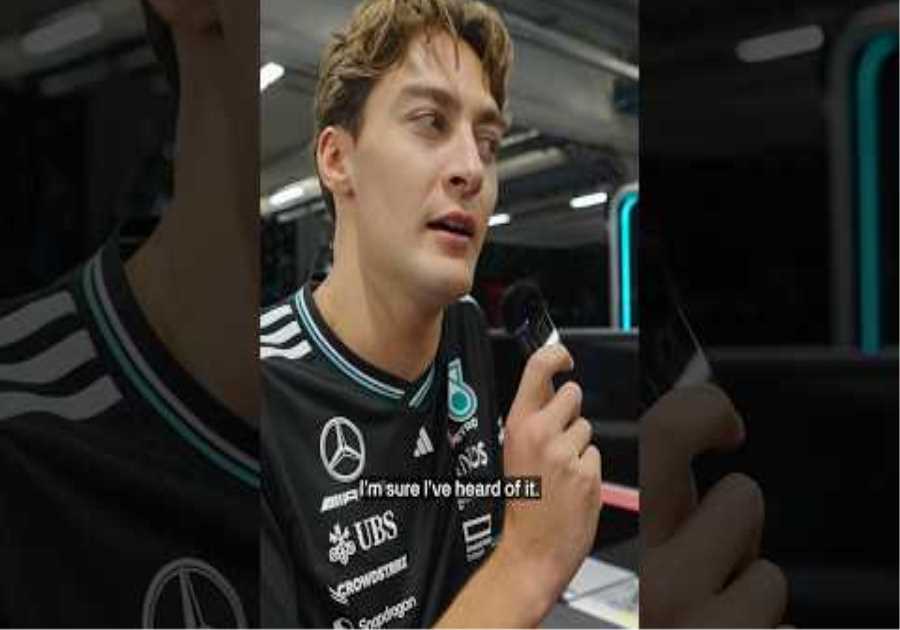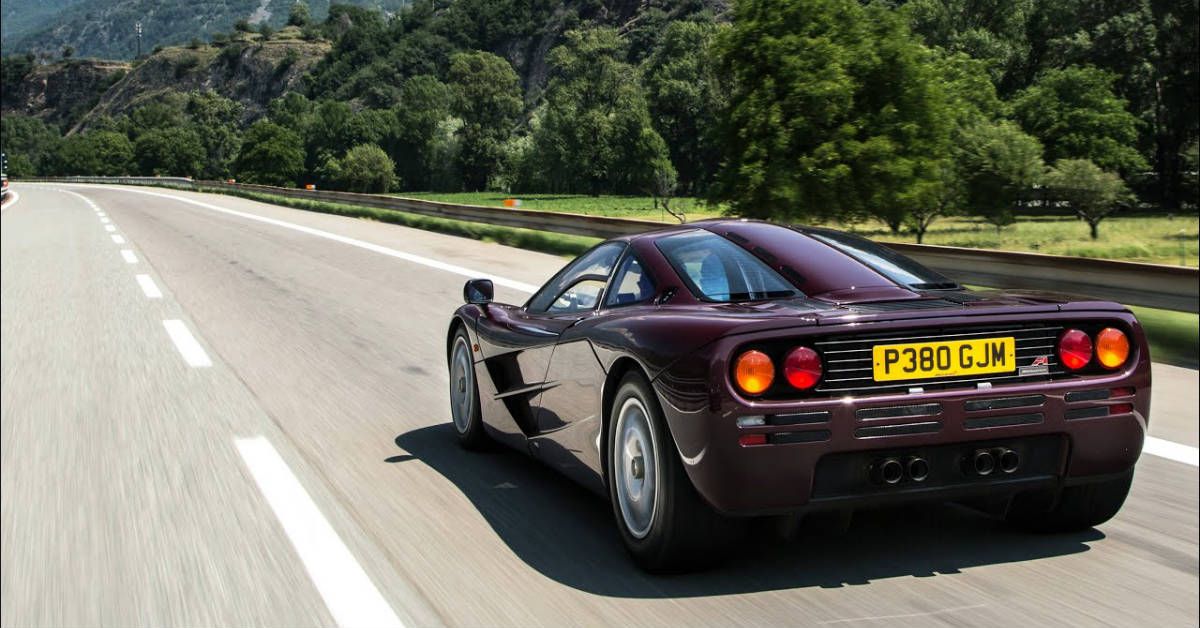
The McLaren F1 is one of the best supercars the world has ever known. And while it took the company a long time to add a model to its range, the past decade has been nothing but growth for McLaren. Since the introduction of the MP4-12C, the company has produced more epic supercars that have brought the brand to the level of competition with the mainstream Supercar Manufacturers such as Ferrari and Lamborghini.
As a renowned supercar manufacturer, there are few facts the world does not know about McLaren. Those facts include the company’s history – when the whole story actually began and how the company got into the production of road supercars.
8th The story began in 1963
The McLaren story began in 1963 with New Zealand born racing car designer and driver Bruce McLaren. He was one of the drivers who drove the first GT40 supercars to win Le Mans. After making a name for himself as a respected driver, Bruce founded Bruce McLaren Motor Racing in 1963. The team made its first Formula 1 outing in 1966.
BMR also built racing cars for CanAm. But after McLaren’s death at the Goodwood Circuit in the UK testing the McLaren M8D, Ron Dennis bought the company. As a result, McLaren Cars was founded in 1985 and launched the first roadworthy supercar in 1992, the F1, one of the most iconic supercars of all time.
7th It was a groundbreaking carbon fiber chassis
McLaren builds some of the lightest road cars, cars that rely heavily on the company’s pioneering work in racing technology. McLaren was ahead of the competition in developing composites that add lightness and agility to its cars, a technology that has narrowed and widened to reach other vehicle segments.
The first Formula 1 car with a carbon fiber monocoque chassis was built by McLaren in 1981. The car took its maiden British Grand Prix victory and protected driver John Watson in an accident at 140 mph at Monza that same year. Formula 1 racing cars followed, but McLaren had already taken the lead. McLaren also brought carbon fiber technology to street cars with its F1 road car.
6th Gordon Murray and the Road-Going McLaren
The McLaren F1 is a work of art and an iconic car that brought F1-level technology to the road. Little do many know, however, that these were made possible by a South African F1 car designer, Gordon Murray.
While Murray was thinking about an F1 road car, McLaren’s directors were thinking about it, too, and they wanted not just a vehicle, but a true high-performance supercar that would leave the mouths of the world open. That was music to Gordon Murray’s ears. So he sat down with pen and paper and made a detailed four-page manifesto of how he was going to build the car. The result was a roadworthy F1 that had no trace of plastic, could go 200 mph, and had three seats.
5 It took McLaren 10 years to build another street car
The McLaren F1 went out of production in 1998 and it took ten years for the company to produce a successor model. In 2007 the company started playing around with a Ferrari 360 as a test car. They then hired a new design director, Morocco-born Frank Stephenson, to lead the McLaren MP4-12C.
The name was later shortened to 12C, a lightweight supercar powered by a 592 hp V8 engine. Like its predecessor, the F1, the 12C featured a carbon fiber chassis, hydraulic suspension system, and other premium features.
4th McLaren supplies parts to NASCAR
NASCAR is the second largest motorsport company in the world after Formula 1, and McLaren has both. In 2012, NASCAR went through a huge change with carburetors leaving the racetrack in favor of electronic fuel injection. McLaren was already in business with a few racing teams that supplied racing generators, but after 2012 every racing car had to have a McLaren ECU.
The company had signed a five-year contract for the delivery of the electronic control system – the contract was extended for a further three years. McLaren also supplies non-mandatory parts to racing teams and engine manufacturers.
3 Bruce McLaren had tried a street car before Murray’s F1
The F1 is known around the world as McLaren’s first production car; many do not know that Bruce McLaren tried to build a street-legal racing car even before Murray’s successful project. He wanted to develop a roadworthy version of the M6A Can-Am, a masterful racing car for the 1969 series. Unfortunately, the new rules required Bruce to build 50 units of this car. He couldn’t meet the demand and the project was put on hold for some time.
After a year, Bruce McLaren revived the project by building a roadworthy prototype by combining an M6B chassis with an M6 GT body and a BARTZ tuned Chevy engine. Bruce used the wild M6GT as his daily driver car. It was rumored that the M6GT was slated for mass production, but before it could happen, Bruce McLaren died on June 2, 1970.
2 The McLaren Group has an area of 500,000 m². Meter HQ
The entire McLaren Group is housed on 500,000 square meters in Great Britain. The main building is semicircular in shape, with a lake completing the circle. There are four other lakes on the premises. Around 13 million liters of water are pumped through heat exchangers to cool the building and to dissipate the heat generated by the wind tunnels.
The second building is the company’s production center, built in 2011. There is an underground visitor center and a restaurant with 700 seats for employees. Staff also have access to a juice and coffee bar in the restaurant, swimming pool, and fitness center. There is also a “boulevard” of five decades of McLaren cars on the premises.
1 There is an animated television series produced by McLaren
It seems that McLaren is involved in everything, as the company also has three season animated TV series. The stars of the series include drivers Jenson Button and Fernando Alonso, as well as British racing commentator Murray Walker.
The TV series includes thirty episodes produced for the company’s YouTube channel. The episodes were broadcast on Sky Sports 1 television channel before the Grand Prix events. It’s a fun and delightful show that is written in a brilliant style.
Continue reading
About the author
Nzilili Sam
(415 published articles)
Sam is a professional internet researcher and writer. He is mainly interested in cars and motorcycles. He’s been writing about the same thing in recent years. Sam currently works full-time for Valnet Inc.’s Hot Cars. He is also a professional graphic designer, digital marketer, and sexual health consultant.
More from Nzilili Sam
Did you miss our previous article...
https://formulaone.news/mclaren/after-a-great-year-over-winter-binotto-will-talk-to-sainz-about-the-future-of-f1

